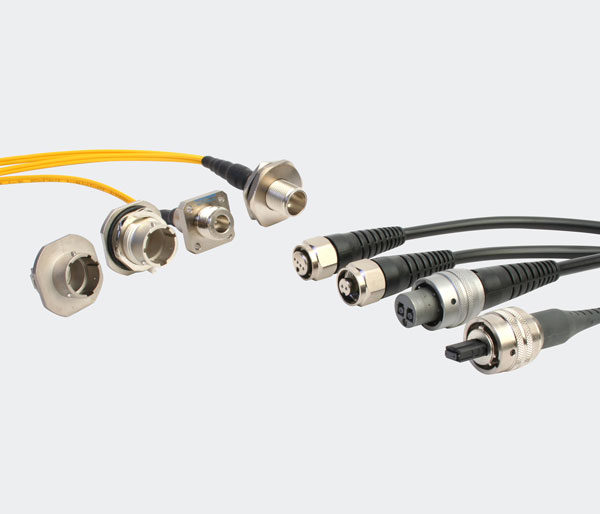AT&T updated its coverage map to show customers its 5G services on the new IF spectrum.
It is not surprising. Verizon and T-Mobile have provided similar coverage information, but the update of AT&T is worth noting because the U.S. telecom industry has re focused on the map after releasing the first draft of the FCC new broadband map. These maps emphasize the huge complexity that ordinary consumers must face when looking for suitable mobile coverage.
AT&T said that the company has updated its online coverage map and added information about IF 5G services. AT&T hopes that by the end of this year, the intermediate frequency 5G network using c-band and 3.45GHz band will cover about 100 million people.

AT&T calls its IF network “5G+”, and deploys its high-frequency millimeter wave (mmWave) spectrum in some stadiums, airports and other locations, called “5G+venues”. Like Verizon, AT&T uses the regular “5G” label to identify its low band 5G network.
AT&T lags behind Verizon and T-Mobile in deploying 5G IF band. Verizon hopes that by the end of this year, its C-band IF 5G network will cover about 175 million people, while T-Mobile hopes that by then, its 2.5GHz IF 5G network will cover about 260 million people.
AT&T, Verizon and T-Mobile all adopt slightly different approaches to 5G, and these differences are reflected in their coverage maps.
Verizon is the only large 5G supplier to start large-scale outdoor deployment of 5G in its short-range millimeter wave spectrum. This deployment can be seen in some of its coverage maps. For example, Verizon’s mmWave network is clearly visible on the coverage map of Memphis, Tennessee, which shows every street with a mmWave signal.

However, because Verizon uses the 5G ultra wideband label on both the IF 5G and the millimeter wave 5G, the broad coverage shown in other markets is obviously provided by the IF spectrum, not the millimeter wave spectrum. The IF spectrum covers a wide geographical area, unlike the millimeter wave spectrum, but it cannot provide the same high speed supported by the millimeter wave.
Therefore, for consumers, the two networks are very different. Verizon’s IF network currently provides a network speed between 100Mbit/s and 200Mbit/s, while its mmWave network can provide a network speed up to 1Gbit/s.
AT&T has deployed mmWave in selected indoor and outdoor locations. T-Mobile also has some mmWave deployments, but these are not shown on its online coverage map. Like AT&T and Verizon, T-Mobile includes mmWave and IF services in a tag, which T-Mobile calls “5G super capacity”.
FCC’s new coverage map provides 5G information, but it is not divided according to the spectrum types deployed by operators. On the contrary, the mechanism provides two different and seemingly arbitrary 5G speed levels: 35/3Mbit/s and 7/1Mbit/s.
These speeds are far from the 1.3 Gbit/s 5G speeds that Verizon announced in 2020.




